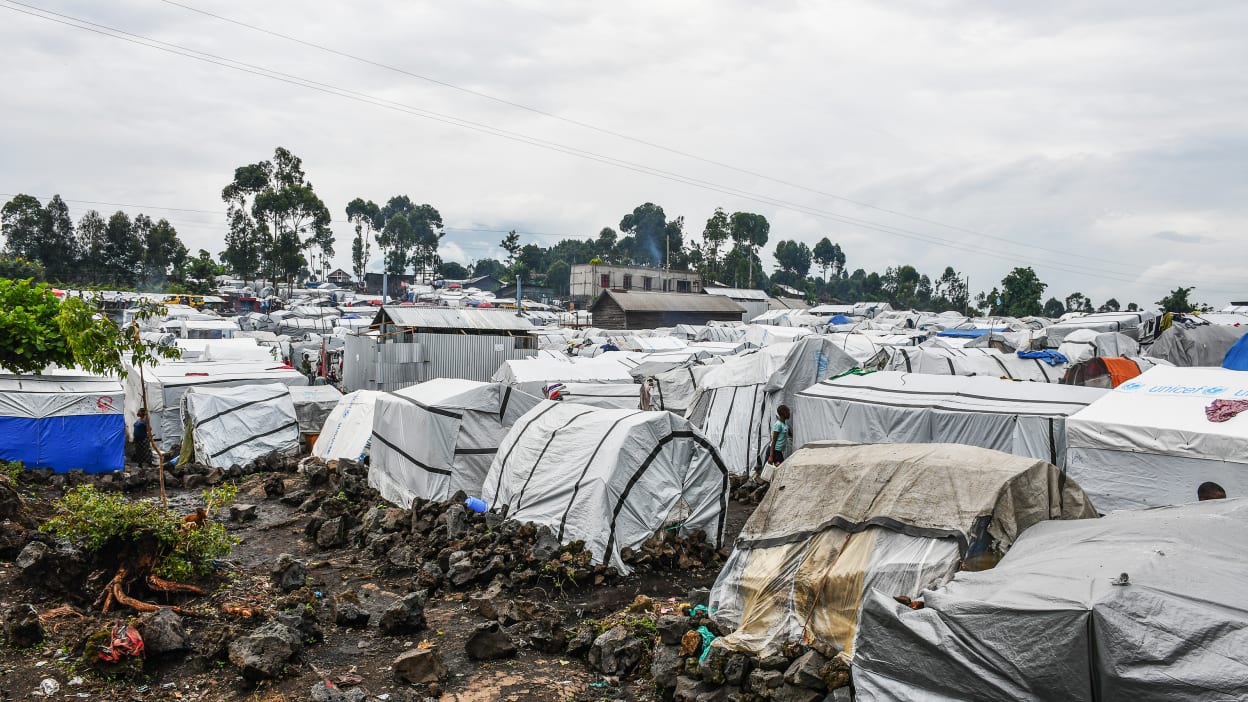U.S- supported lenacapavir rollout in Eswatini and Zambia marks early execution of at-cost PrEP model


Quidah is an online platform that connects investors with curated opportunities and expert insights on Africa’s emerging markets, while offering businesses promotional services, partnership facilitation, and market intelligence to attract capital and grow their operations.
Industries
The first programmatic deliveries of Gilead’s long-acting HIV prevention injection lenacapavir have reached Zambia and Eswatini, initiating a donor-backed at-cost rollout targeting up to two million people over three years through the Global Fund and PEPFAR. Around 1,000 doses were delivered last week—roughly 500 per country—marking the first operational supply of the twice-yearly PrEP regimen in African markets.
The access arrangement enables donor procurement at no profit to Gilead, forming the early foundation of a large-scale prevention market in high-incidence countries. The United States will not fund doses for South Africa despite its substantial HIV burden, with Washington urging domestic financing, a shift that affects short-term demand signals and procurement timelines in the region’s largest market.
Gilead reports recent regulatory approvals in South Africa and Zambia and ongoing submissions across Botswana, Kenya, Malawi, Namibia, Uganda, Zimbabwe, Rwanda, and Tanzania. National reviews are being accelerated through an EU-M4all opinion that can shorten timelines to roughly 90 working days. Additional deliveries across sub-Saharan Africa, including South Africa, are expected in early 2026 as governments and donors coordinate deployment plans.
While the at-cost commitment limits near-term revenue impact, early market formation could reinforce the durability of Gilead’s prevention portfolio and expand downstream opportunities in services, logistics, and diagnostics. Licensing agreements to multiple generic manufacturers covering 120 low- and lower-middle-income countries, combined with third-party cost models, signal medium-term price compression that may expand volume but intensify pressure on manufacturing efficiency.
Output capacity and lead times remain central execution variables; analyses suggest potential production of up to 10 million vials annually by 2026, with lead times of around 18 months. Stable, multi-year demand signals from donors and governments will be important for capacity planning and working-capital allocation. Funding visibility remains a key risk, as uncertainties around PEPFAR and Global Fund budgets could influence order volumes and rollout speed, particularly in countries with limited domestic financing.
Regulatory momentum and early delivery guidance for 2026 provide an operational anchor for procurement and distribution planning across priority markets, aligning donor support with national HIV prevention strategies.


